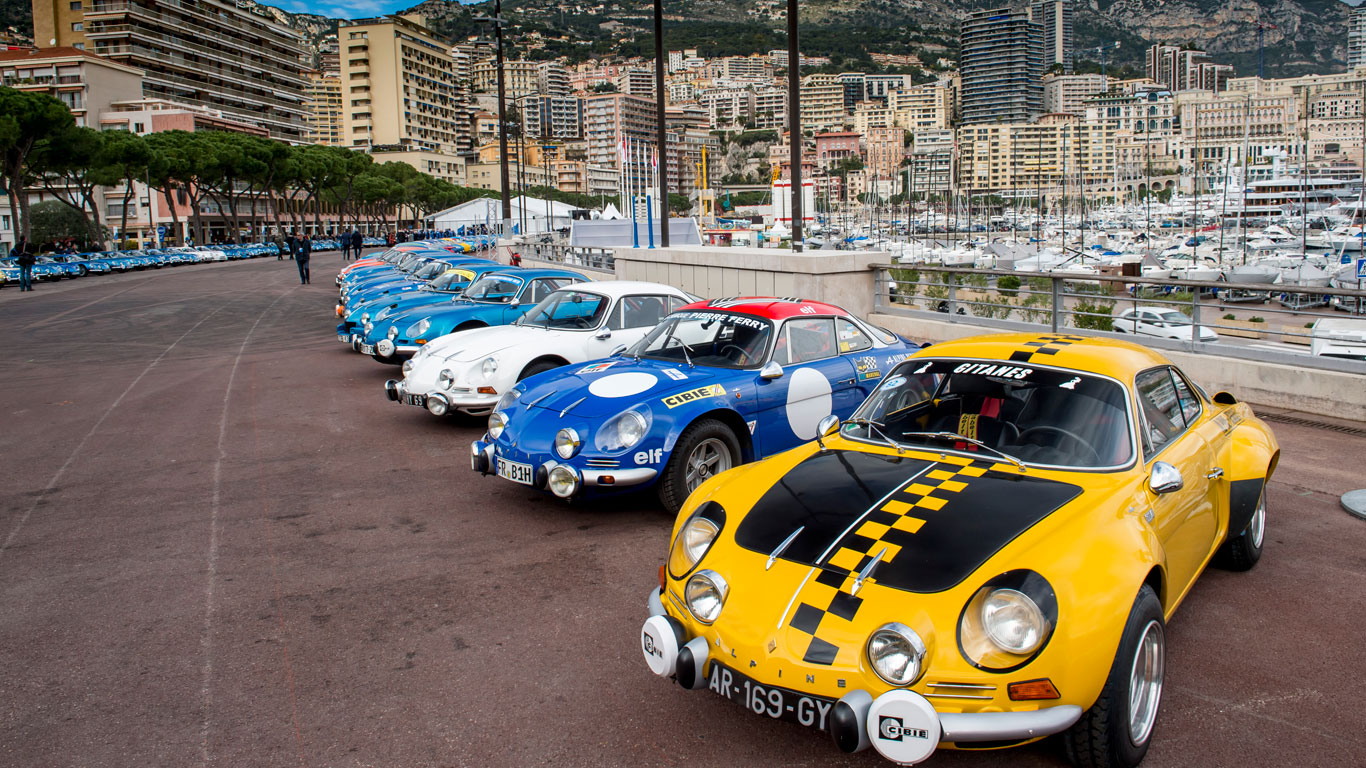
Alpine is probably one of the greatest automotive names you’ve never heard of, with a rich and glorious history stretching back over 60 years. So, with the unveiling of the new Alpine Vision sports car still fresh in our minds, let us guide you through a brief history of this French carmaker.
Societe des Automobiles Alpine was founded by Jean Rédélé on June 25, 1955. The son of a French car dealer, Rédélé was born in May 1922 and at the age of 24 he became the youngest car dealer in France, keen to follow in his father’s footsteps.
- History of Lamborghini: in pictures
- Is this Europe’s best car museum?
- 11 modern classics you can’t afford not to buy
Jean Rédélé believed that ‘motorsport is the best way to test production cars’, reasoning that ‘victory is the best sales tool’, and with this in mind, he entered his first competitive event at the age of 28. After a trial run in the Monte Carlo Rally, Rédélé emerged victorious in the inaugural Rallye de Dieppe.
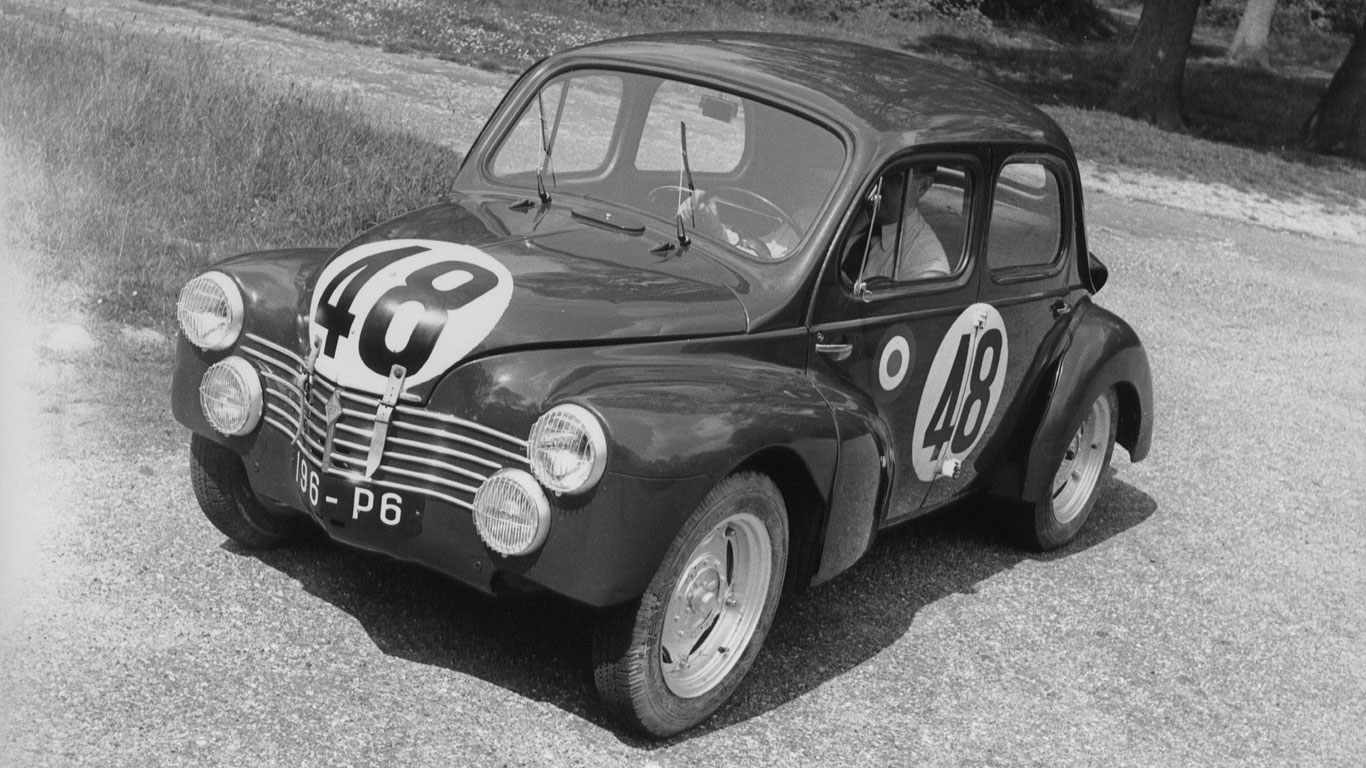
Rédélé was at the wheel of a Renault 4CV and was able to beat a number of drivers in more powerful vehicles. As a result of the victory, Renault gave him a 4CV 1063 for the following season. While this gave him a great chance of further success, Redele decided to make a number of improvements over the standard car.
Soon, Jean Rédélé would bump into Italian designer, Giovanni Michelotti, from whom he ordered a Renault 4CV Speciale Sport. This aluminium-bodied car was lighter and more aerodynamic than the standard model, but Rédélé would have to wait for delivery.
In the meantime, Jean Rédélé continued to compete in a number of races, teaming up with friend and fellow Renault dealer, Louis Pons. The pair funded the development of a new five-speed gearbox, which played a major part in them securing a record-breaking class victory in the Mille Miglia. Here is Rédéle, competing in the Monte Carlo Rally.
In 1953, Rédélé got his hands on the Renault 4CV Speciale Sport and on his very first outing, he won the fourth Rallye de Dieppe. Rédélé and Pons went on to win their class for the third time in the Mille Miglia, before emerging victorious in the Coupe des Alpes. It was driving across the Alps that had a direct influence on the company name.
Alpine is born
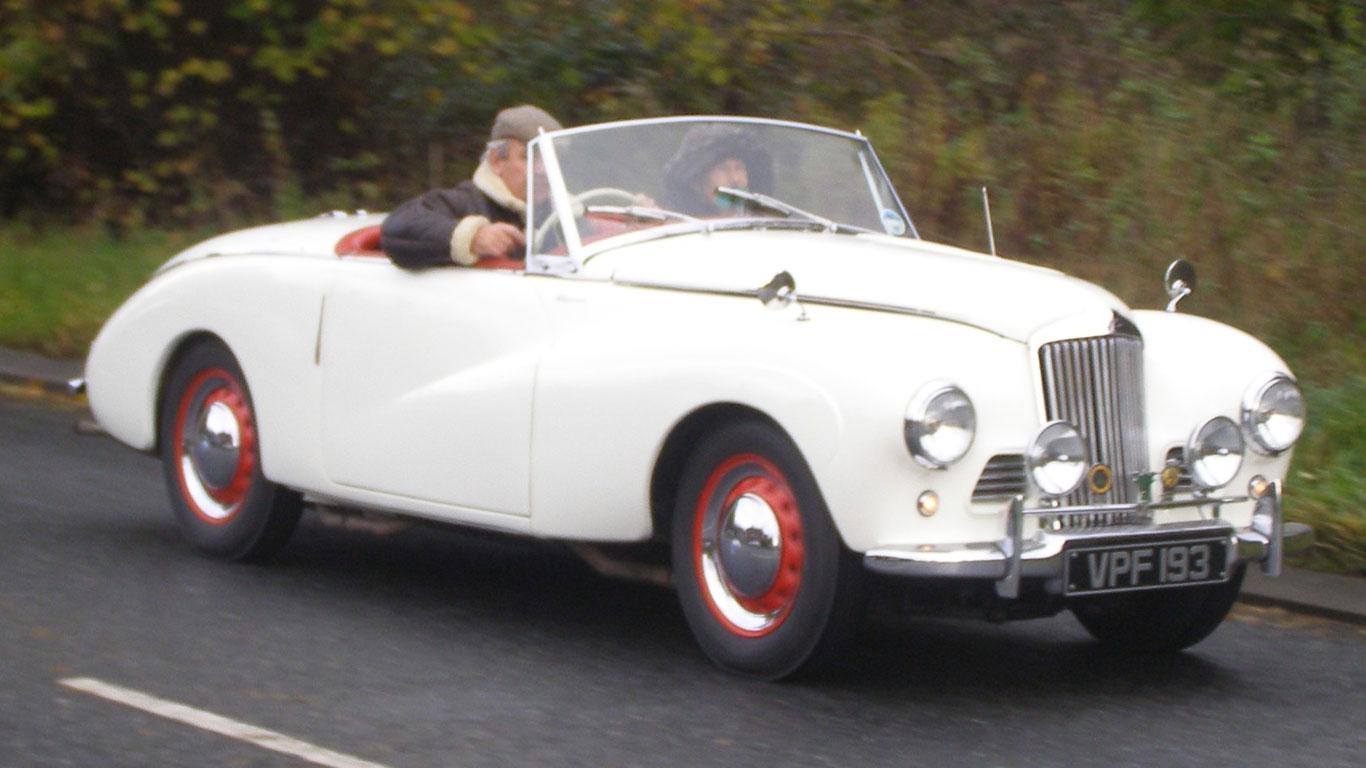
Societe des Automobiles Alpine was born in June 1955, but the name created a problem for the newly formed French carmaker. Rédélé was unaware that Sunbeam had recently launched an Alpine of its own (pictured here) and had trademarked the name in the UK. This would later prove to be problematic for Rédélé and Alpine.
Alpine’s first car was the A106, designed in tandem with Michelotti and built using the familiar 4CV platform. In July 1955, a trio of A106s, in patriotic red, white and blue colours, were paraded through the courtyard of Renault’s HQ.
Underneath, the A106 was very much a Renault 4CV, featuring a choice of two 747cc engines – one developing 21hp, the other 38hp. The body was polyester and buyers could opt for a five-speed gearbox and an uprated suspension. Back then, the emphasis was on motorsport success, rather than commercial domination.
The A106 lived on until 1961, by which time it had been continually improved. The A108 was essentially its replacement, but it was first shown at the 1957 Paris Motor Show. The new car featured an 845cc engine sourced from the Renault Dauphine, but would later gain the 998cc unit from the Dauphine Gordini.
Like the A106, the A108 evolved over time and helped to position Alpine as a more mainstream carmaker. Developments included a berlinetta version of the original ‘coach’ design, along with perspex ‘bubbles’ over the headlights. In total, 236 examples were built between 1958 and 1965.
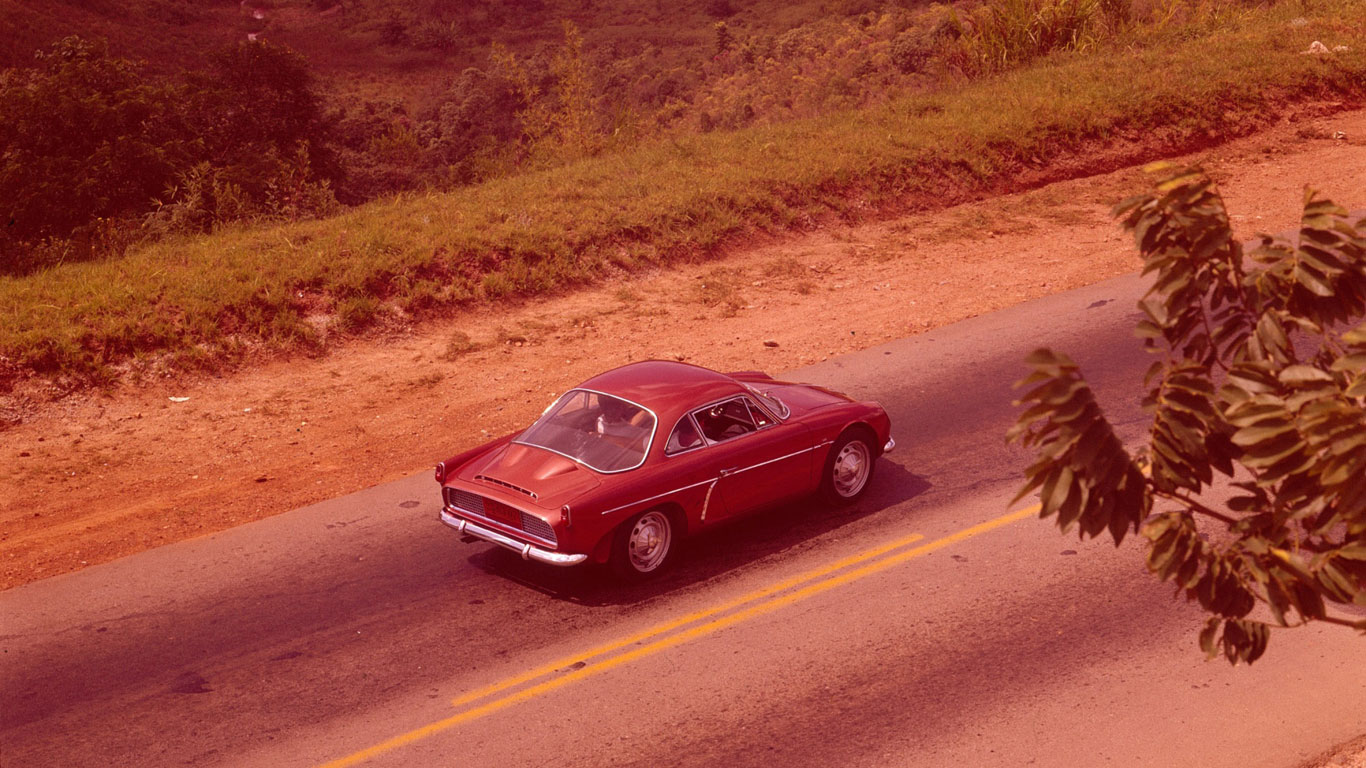
Jean Rédélé was well aware of the need for global expansion, something that led to the development of the Willys-Interlagos. This was an A108 built under licence in Brazil, using parts supplied by the Dieppe factory. Three versions were built in Brazil: berlinetta, coupe and convertible.
In 1961, Alpine came of age with the launch of the legendary A110. Once again, it was based on a Renault product – this time the Renault 8 – but on this occasion, Alpine would achieve global recognition. Make no mistake, the Alpine A110 was a motorsport hero.
The A110 was built around a backbone chassis to which its mechanicals were bolted and it featured an incredibly lightweight body. At launch, the A110 was powered by a 1108cc engine, but this later grew to 1255c, then 1565cc, 1605cc and – finally – 1647cc. From 1967, all cars produced by Alpine would bear the name Alpine-Renault.
This rear-engined, rear-wheel-drive sports car proved to be a hugely successful rally car, winning numerous events in the late 1960s and early 1970s, including a historic 1-2-3 at the 1971 Monte Carlo Rally. Its greatest achievement was winning the 1973 World Rally Championship, ensuring the Alpine name would be permanently etched in motorsport history.
Alpine built many racing versions, including the purpose-built prototype – the M65. It was powered by a Gordini-tuned 1300 engine which – thanks to the car’s slippery shape and low weight (669kg) – meant the M65 was able to reach speeds over 160mph on the Mulsanne straight.
In 1965, the Alpine M65 won the 1300cc class at the Reims 12-Hours race, before winning the Nürburgring 500km race.
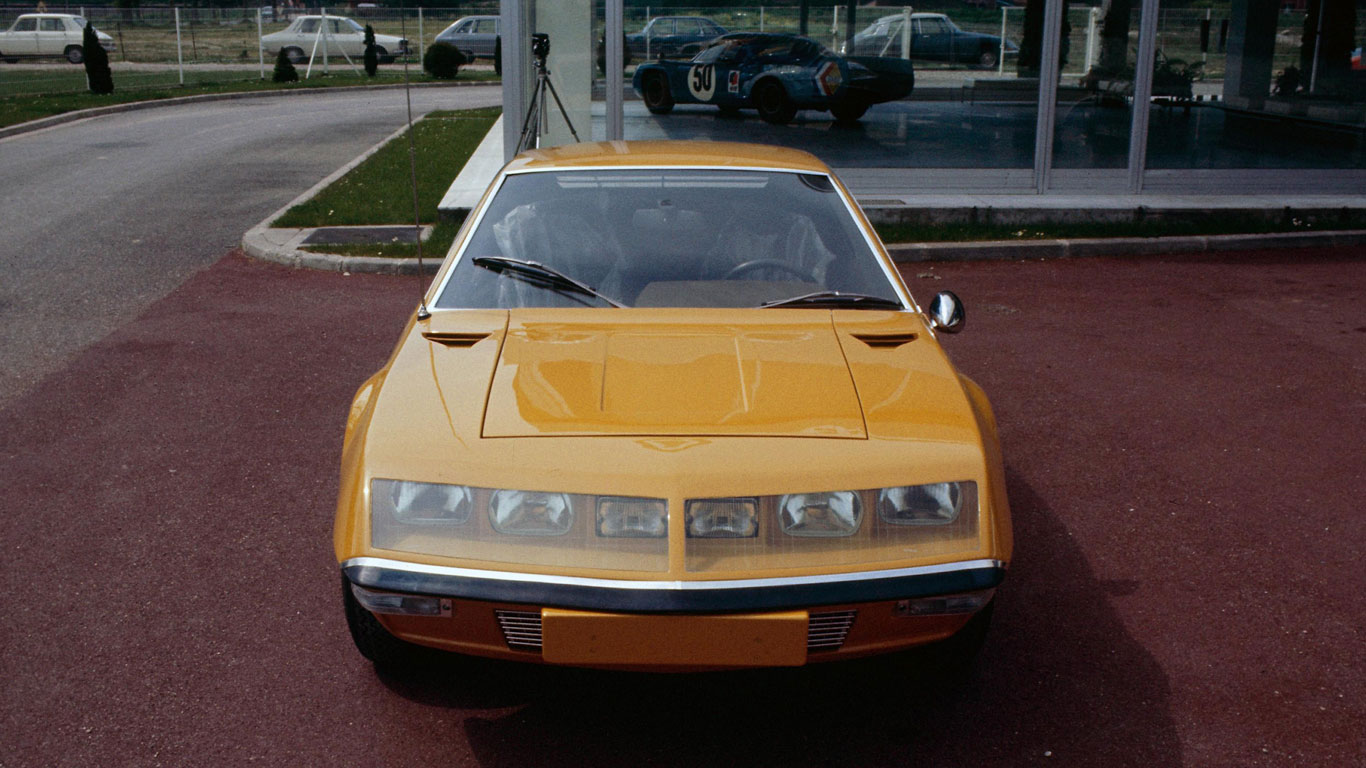
If the A110 was a quintessentially 1960s sports car, the A310 of 1971 was a distinctly 1970s affair. All it needed was a pair of bell-bottomed trousers and a tie-dyed t-shirt. It was designed by Jean Rédélé himself and was set to continue the momentum created by the A110.
Sadly, the oil crisis of 1973 brought a shuddering halt to Alpine’s progress, resulting in a sharp decline in sales. But the original A310 was disarmingly attractive and a more upmarket product compared with Alpines of old. It was never officially imported into the UK.
The A310 continued to develop, first with the introduction of a fuel-injected engine in 1974, with a more substantial overhaul reserved for 1976. Famed car designer, Robert Opron, was wheeled in to restyle the A310, which, at the same time, was treated to the V6 PRV engine seen in Renaults, Volvos and Peugeots. In 1981, it received the same suspension as the Renault 5 Turbo.
Alpine continued to achieve great success on the track, most notably at the 1978 Le Mans, where an A442 B, driven by Didier Pironi and Jean-Pierre Jaussaud, finished first, ahead of the much-fancied entries from Porsche.
The GTA made its debut in 1985, and although it was badged an Alpine on the continent, in the UK it was known as the Renault GTA. Now, Alpine was focusing on grand tourers, and although it looked like a mere facelift of the A310, this was a significant overhaul. The range-topping V6 Turbo developed 200hp and offered a top speed of 150mph.
In 1990, the A610 joined the Alpine family, complete with a 3.0-litre turbocharged V6 engine. It now featured pop-up headlights and although it compared favourably with more established rivals of the era, it didn’t offer tremendous build quality and was dropped in 1995.
The last A610 had rolled off the Dieppe production line in late 1994, signalling the end for the Alpine name. But life at the Dieppe factory would go on, as it continued to build performance cars for Renault. Indeed, back in 1976, the Renault 5 Alpine – or Gordini in the UK – was built in Dieppe.
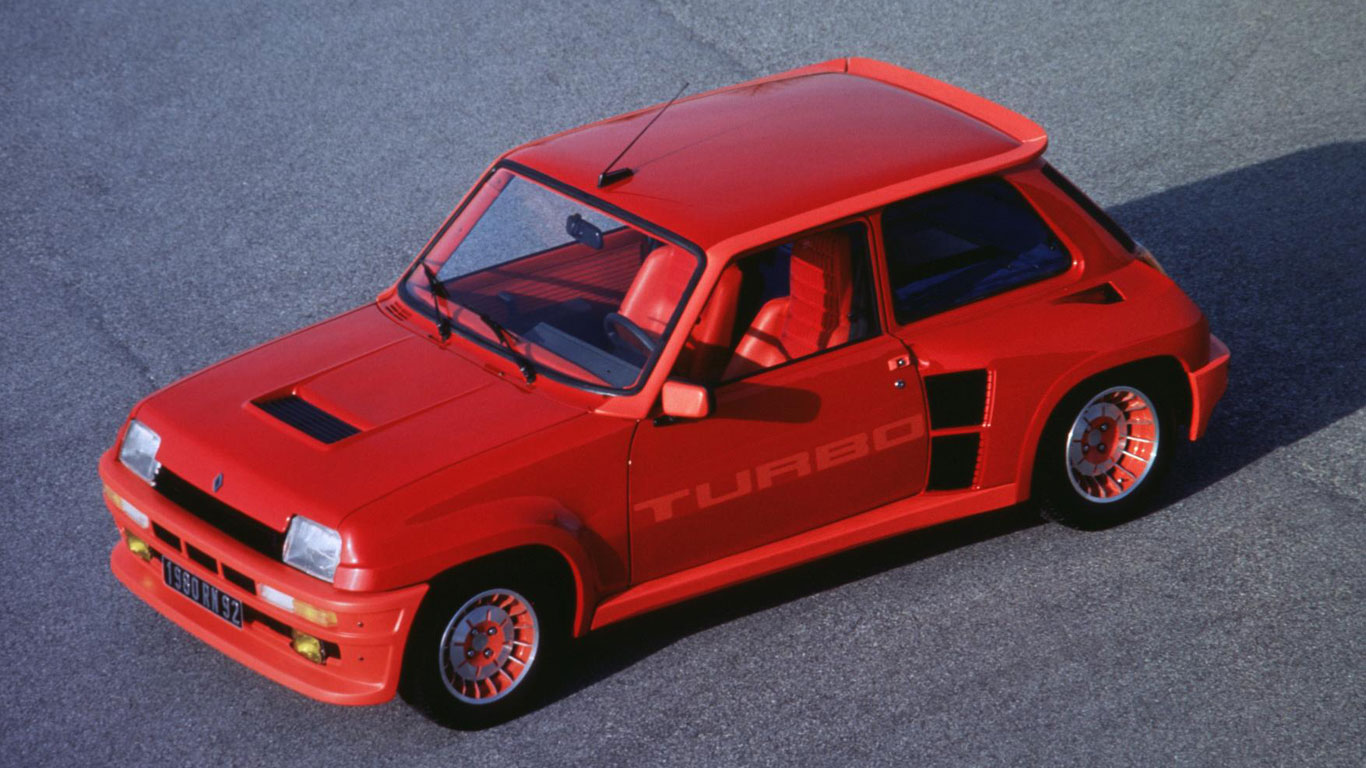
Similarly, the Dieppe factory was responsible for building 5,112 mid-engined Renault 5 Turbos, not to mention 1,685 Renault Sport Spiders – otherwise known as the French Lotus Elise.
Other cars to roll off the Dieppe production line included the Renault Clio Williams, Renault Espace, Renaultsport Clio V6, Renaultsport Megane and Renaultsport Clio.
Looking to the future
To mark the 50th anniversary of the Alpine A110, Renault unveiled the stunning A110-50 concept in 2012. The A110-50 featured a carbonfibre body and a shade of blue reminiscent of the famous Alpine Blue of the past.
It was built using the platform of the Megane Trophy and featured 21-inch wheels, Sachs dampers and huge disc brakes. In a nod to Alpines of yesterday, the A110-50 was devoid of any safety aids, such as ABS and traction control.
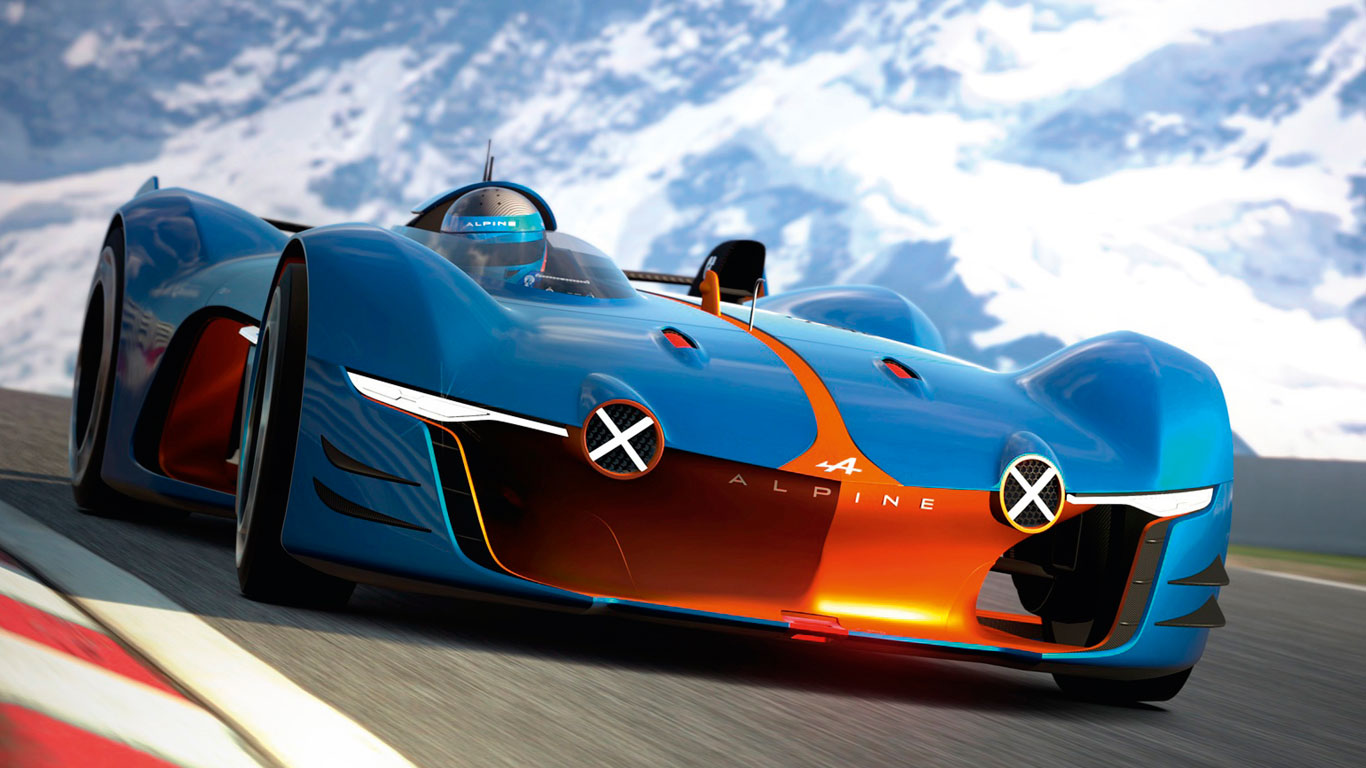
In March 2015, as Renault prepared to relaunch the Alpine name, it unveiled the Vision Gran Turismo. The front takes its inspiration from the A110, while the vertical rear fins are reminiscent of the A210 and A220.
It’s powered by a virtual 4.5-litre V8 engine, which helps it to achieve a virtual top speed of 199mph, although we’re sure PlayStation gamers could nudge 200mph if they tried hard enough. It weighs a mere 900kg, which is definitely in the spirit of Alpines of old.
At the 2016 Geneva Motor Show, the Alpine Vision concept made its public debut. It symbolised the firm’s intent to create a suite of new models, starting with a Cayman-rival.
And that brings us the Alpine A110, which is set to go on sale in 2018 with a sub-£50,000 start price and a 4.5 second 0-62mph time. Early reviews are positive, with some even going as far as describing it as a better sports car than a Cayman.
So, what next for Alpine? An SUV is expected in 2019, set to take on the Porsche Macan and new Alfa Romeo Stelvio. That’s about all we know for now, but watch this space…
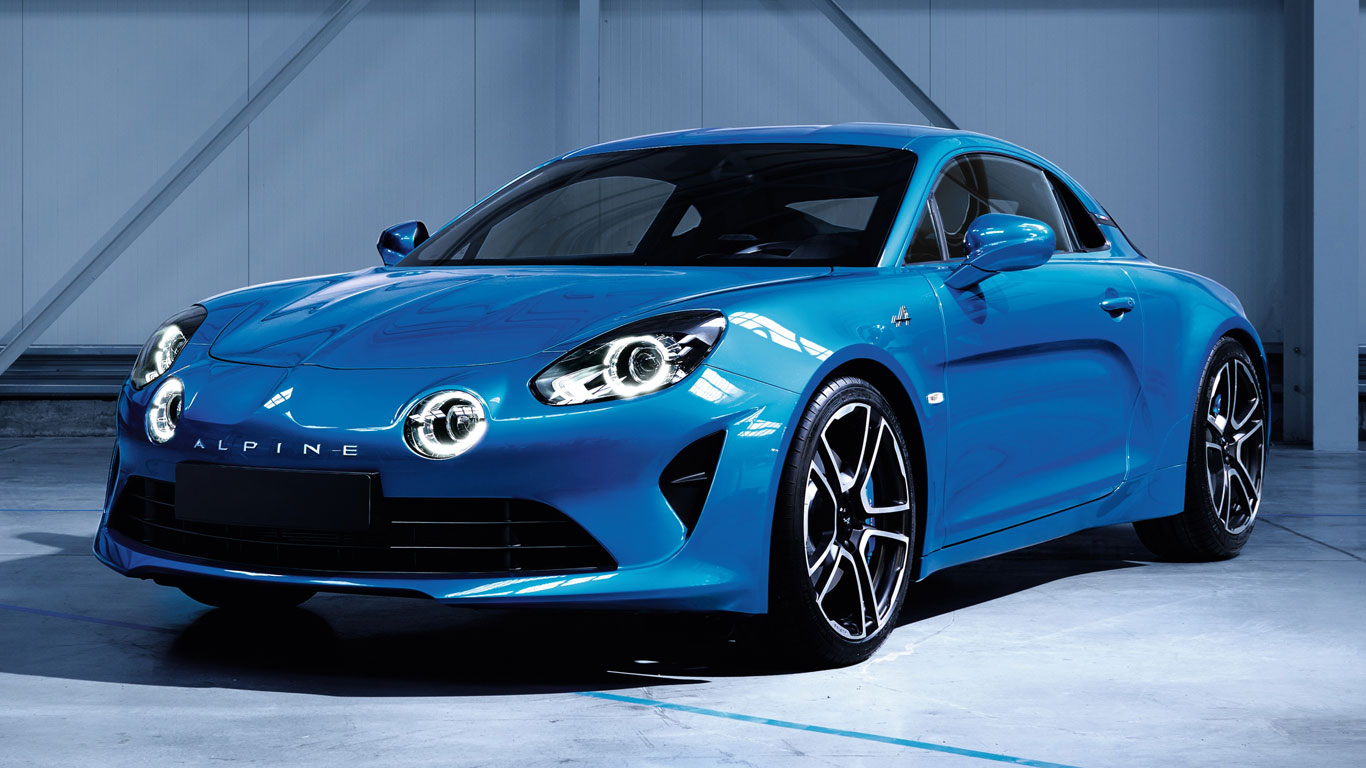

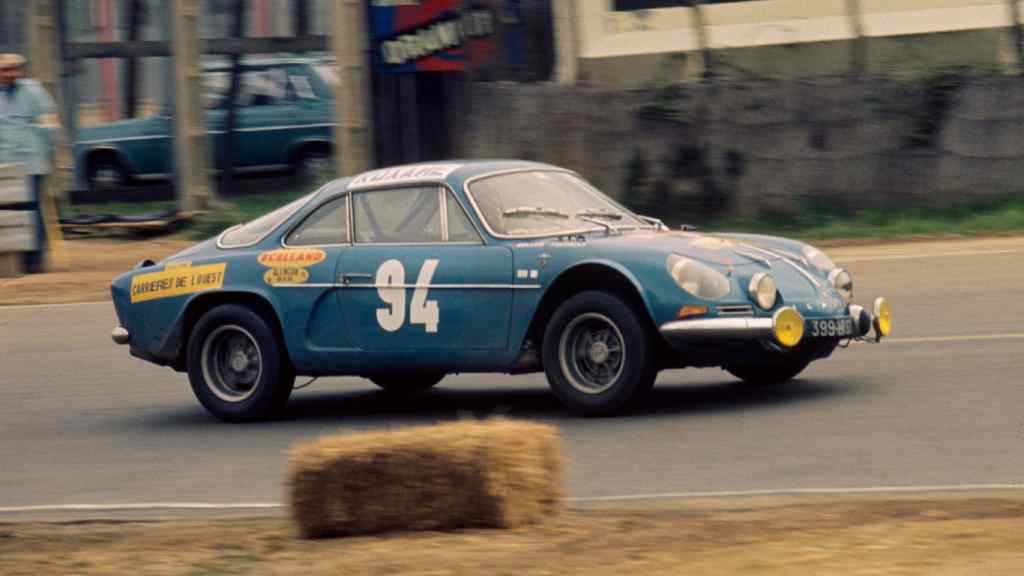
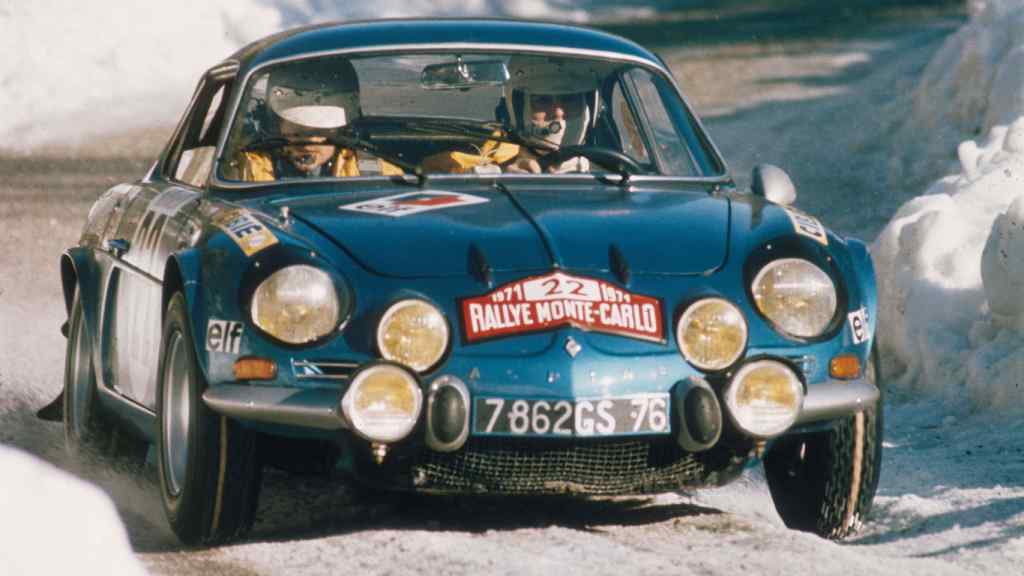
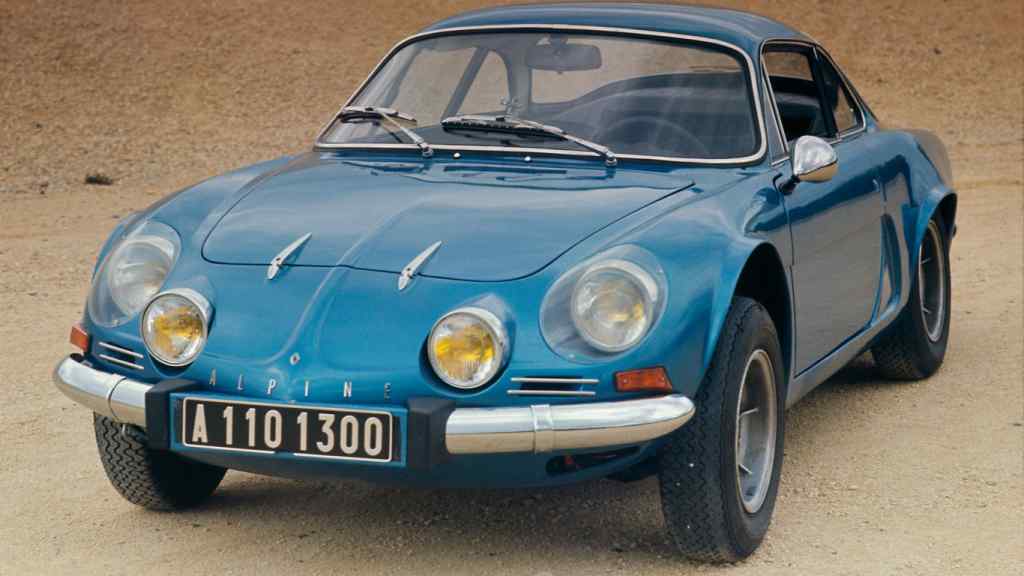
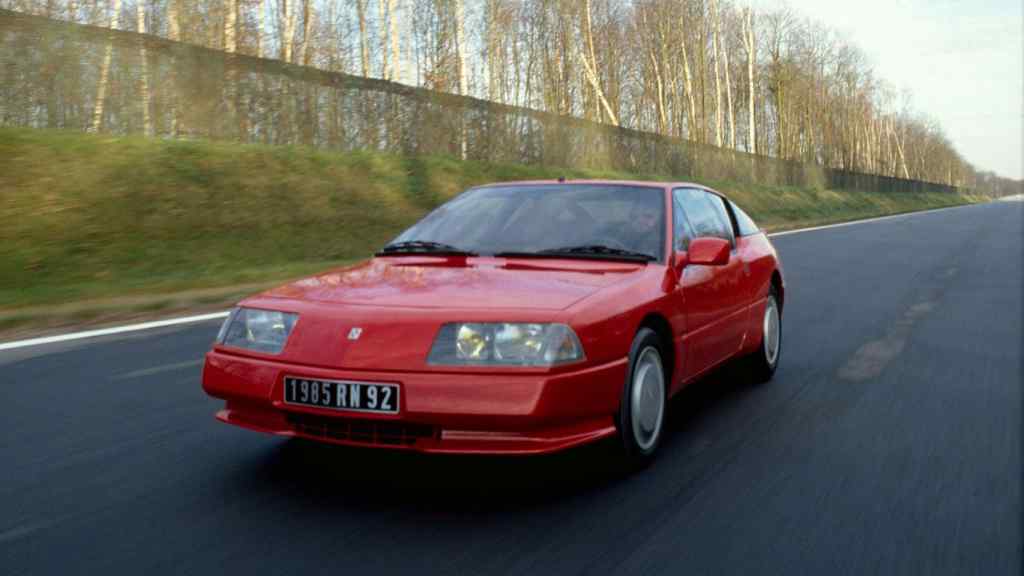
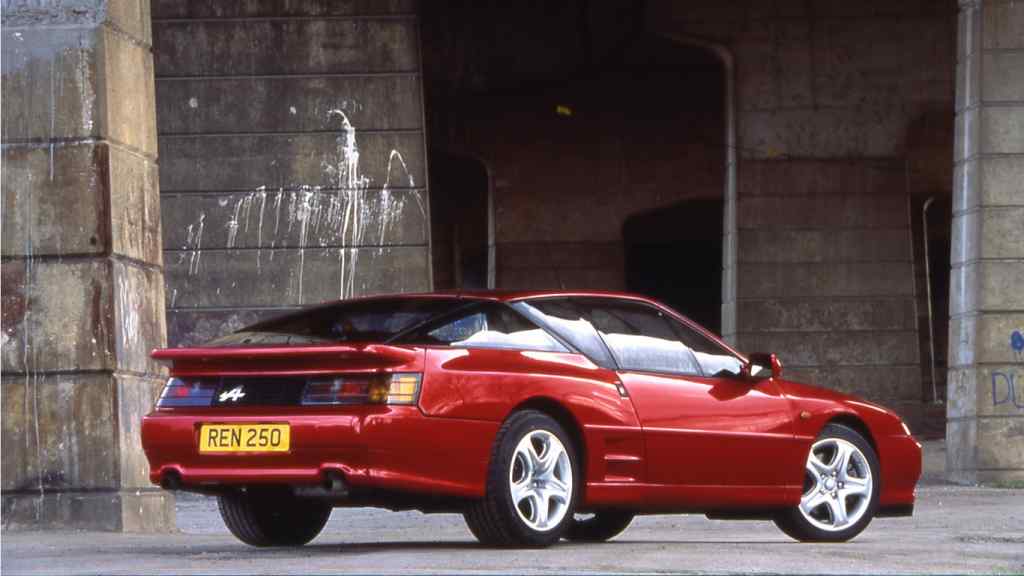
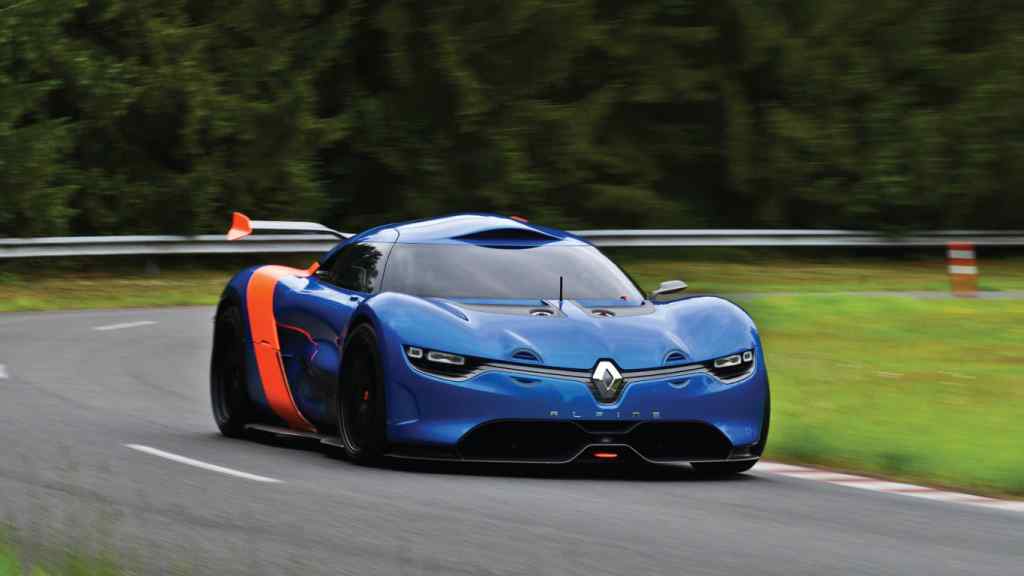
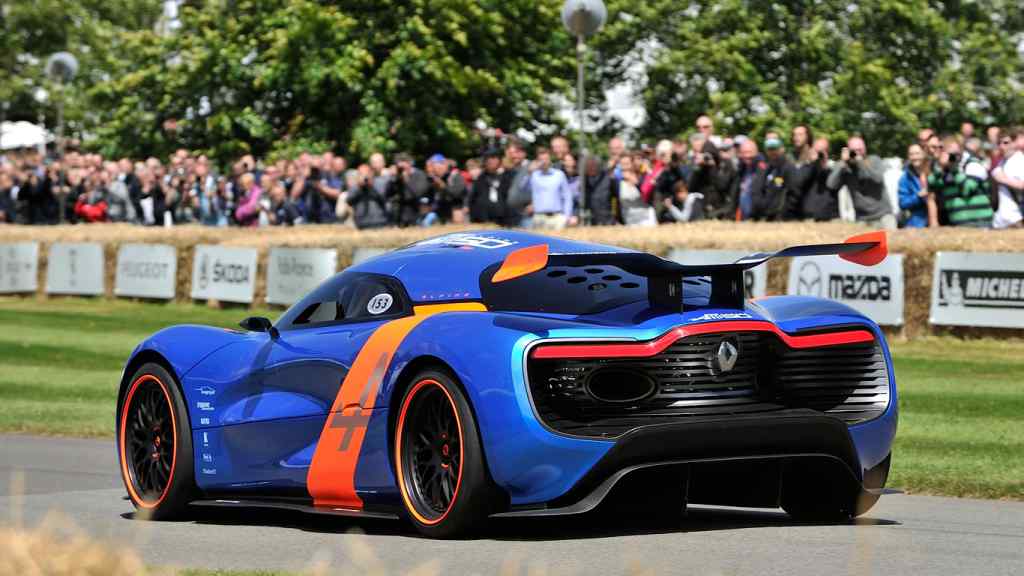
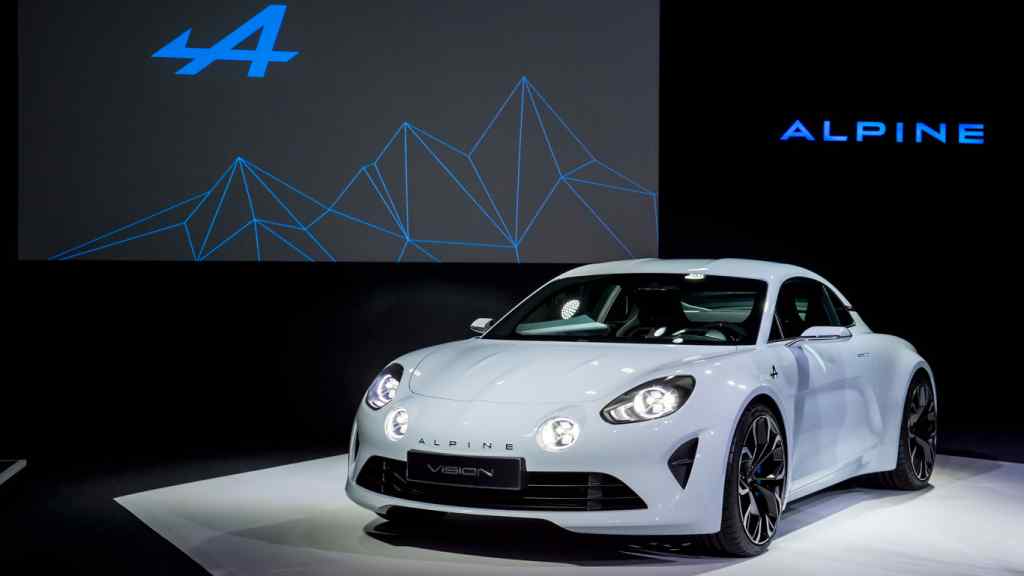
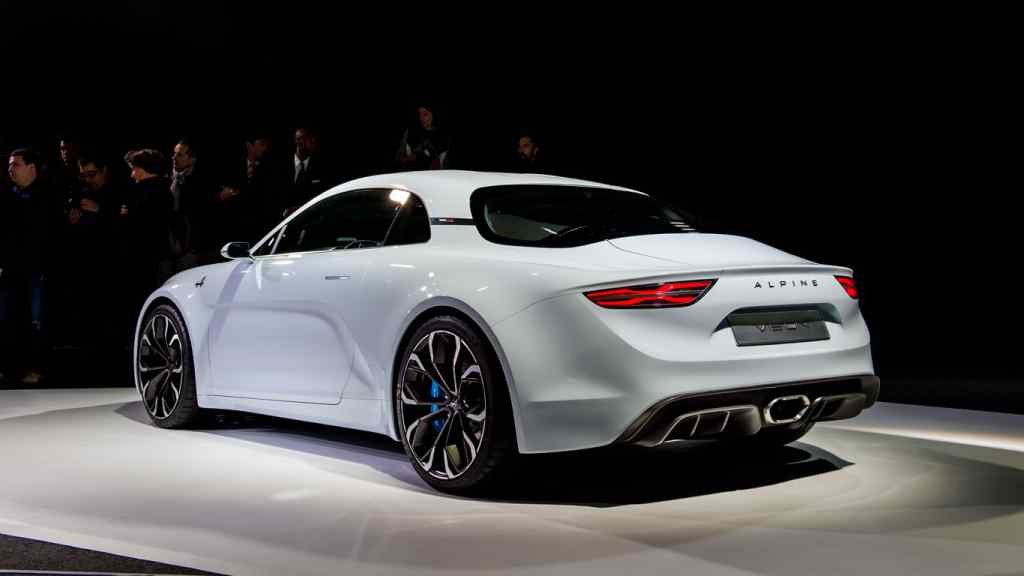
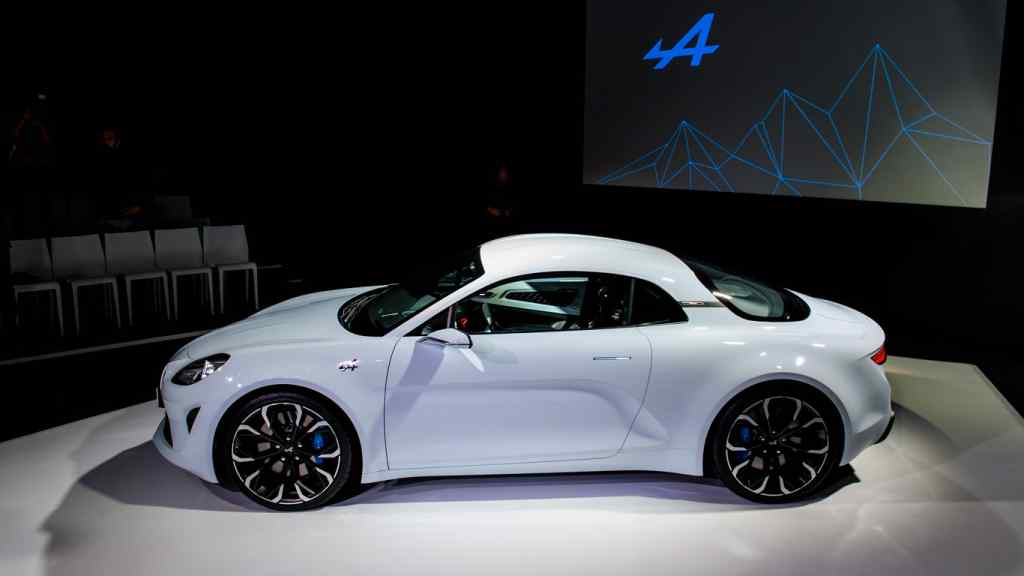


[…] Alpine: the legendary French carmaker is back […]